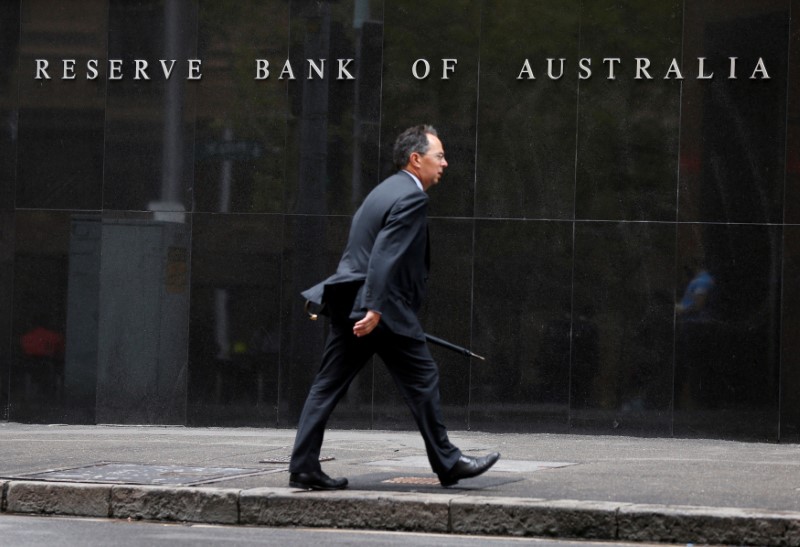Investing.com’s stocks of the week
By Ambar Warrick
Investing.com-- Australia’s central bank hiked its benchmark rate by a largely anticipated range on Tuesday, as it looks to tame surging inflation in the country.
The Reserve Bank of Australia (RBA) raised rates by 50 basis points to 1.85%- its fourth hike this year. Tuesday’s decision is also the sharpest hike by the bank this year.
The Australian dollar fell 0.8% to 0.6968 USD in response to the hike, as comments by the bank on its plan to tighten rates further were perceived to be more dovish than expected.
RBA Governor Philip Lowe said in a statement that the bank is placing a high priority on returning inflation to a range of 2% to 3%, but the path to this range is “clouded in uncertainty”. The bank is not on a pre-set path to tightening policy, and will instead adopt a data-driven approach.
Headline inflation rose 6.1% in the year to the June 2022 quarter, pushed up by rising food and fuel prices. While a bulk of this was attributed to global factors by Lowe, he also noted that some domestic events, such as the recent Sydney floods, had played a part in raising prices.
Lowe reiterated that inflation is likely to peak later in the year, and forecast an annual CPI inflation rate of about 7.75%. He then expects inflation to trend slightly above 4% in 2023, and return to the bank’s target range by 2024.
“Medium-term inflation expectations remain well anchored, and it is important that this remains the case,” Lowe said.
Despite the inflationary headwinds, the RBA still expects the Australian economy to expand by 3.25% in 2022- up from a growth rate of 1.48% in 2021. The following two years should see an expansion of 1.75% per year, the bank said.
Australian stocks were trending sideways for the day, as concerns over Sino-U.S. tensions weighed on heavyweight mining stocks. But major Australian bank stocks, including Commonwealth Bank Of Australia (ASX:CBA), National Australia Bank Ltd (ASX:NAB), and Westpac Banking Corp (ASX:WBC), rose between 0.8% to 1.6% after the hike.
